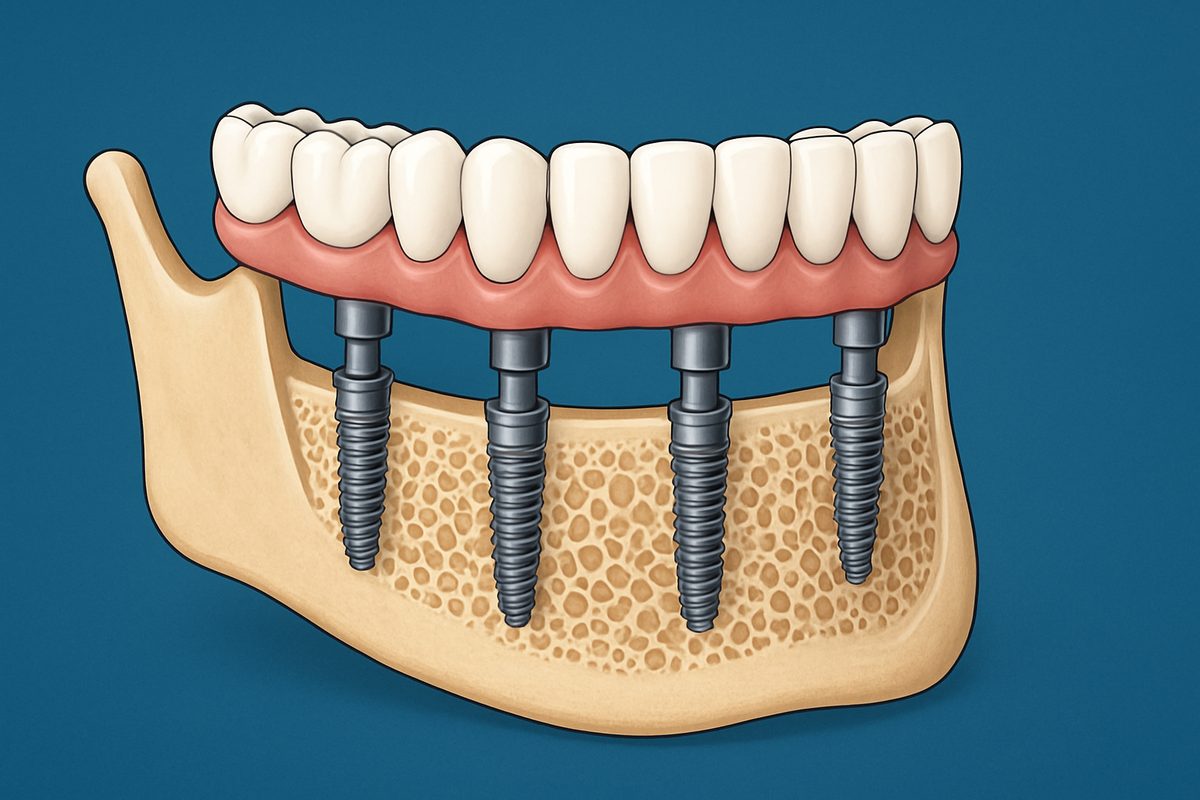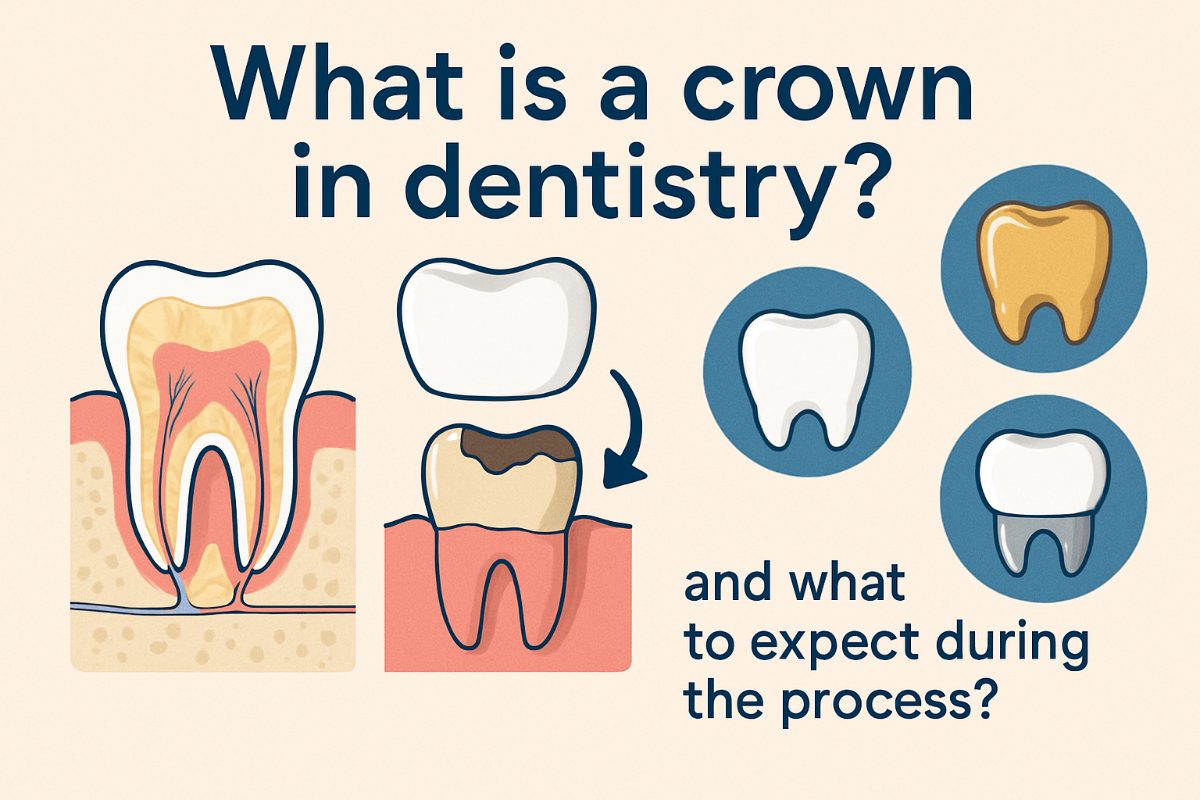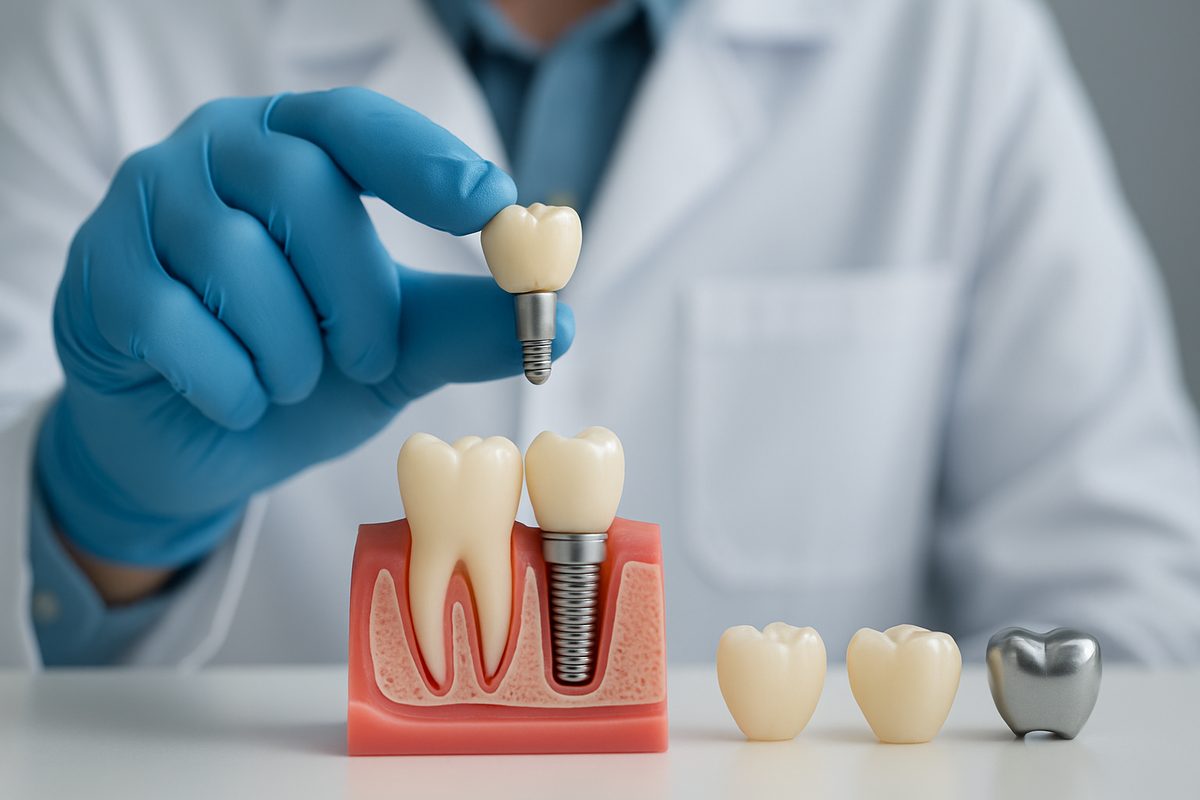Blog - Rapid City, SD
Tips, Facts, And The
Latest In Dentistry

How Do Full Dental Implants Work? A Comprehensive Guide

Full dental implants replace an entire arch of teeth with stable, tooth-like prosthetics anchored to titanium implants in the jaw. They help people who have many failing teeth, loose dentures, or large gaps regain chewing, speech, and confidence. This short guide answers how do full dental implants work and what to expect, including a quick note on how do full dental implants work in Rapid City, SD for local patients considering care.
What Are Full Dental Implants?
Full-arch implants replace all teeth on the upper or lower jaw. Unlike a single-tooth implant that replaces one tooth, full-arch treatments restore a whole set. Removable dentures sit on the gums and can shift; full-arch implants can be fixed (permanent bridge) or removable (implant‑supported overdenture) depending on the design and patient needs.
Types of Full-Arch Implant Solutions
All‑on‑4 / All‑on‑6 fixed bridges
All‑on‑4 and All‑on‑6 use four or six implants to support a fixed bridge. They are common when bone is sufficient and patients want a non-removable option with quicker function after surgery.
Implant‑supported overdentures
These are snap-in dentures that attach to two to four implants. They’re easier to clean and less costly than fixed bridges and are chosen when patients prefer removable prosthetics or need simpler maintenance.
Hybrid fixed prosthesis
Hybrid prostheses are custom-milled frameworks with teeth bonded on top. They combine strength and attractive appearance and are used when durability and natural-looking results are priorities.
Step‑by‑Step: How Do Full Dental Implants Work
1. Initial consultation and diagnostics
The dentist checks gum health, cavities, and does an oral cancer screen. Digital scans and CBCT imaging map bone and nerves to plan safe implant placement.
2. Digital treatment planning
Virtual planning tools design implant positions and prosthetic mockups. Guided-surgery plans and lab prototypes help predict final results before surgery.
3. Pre‑treatment procedures
If needed, teeth are extracted and bone grafts or sinus lifts are done to build adequate support. Sedation options are discussed for comfort.
4. Surgical implant placement
Guided surgery and surgical guides place implants precisely. In many cases, the on-site lab prepares a temporary prosthesis so patients leave with functional teeth the same day.
5. Healing and osseointegration
Bone grows around implants over several months (osseointegration). Temporary prostheses protect the area during healing while the team monitors progress.
6. Final prosthesis fabrication and delivery
Final teeth are made using photogrammetry, milling, or 3D printing for accurate fit. The dentist adjusts bite and aesthetics before delivering the permanent restoration.
What Patients Can Expect: Recovery, Function, and Care
Short-term recovery includes swelling and a soft-food diet for a few days. Follow-up visits check healing and fit. Daily hygiene includes brushing, flossing under bridges if possible, and routine dental cleanings to protect gums and implants for long-term success.
Risks, Success Rates, and Who Is a Good Candidate
Common risks are infection, implant failure, or prosthetic issues. Success depends on bone quality, smoking status, and medical conditions like diabetes. Carpenter Dental offers thorough assessments to determine candidacy and reduce risks through evidence-based planning.
Costs and Financing Options
Costs vary by number of implants, grafting needs, and prosthesis type. Financing plans and insurance guidance can help make treatment affordable.
Why Choose Carpenter Dental for Full‑Mouth Implants
Dr. Chad Carpenter brings nearly two decades of implant experience and a team approach. Carpenter Dental uses CBCT, iTero scans, guided planning (nSequence), an in-house lab, CEREC milling, and 3D printing to deliver precise, efficient care with sedation options for comfort.
Next Steps: Ready to Learn More?
Schedule a consultation to review your health history, imaging, and treatment options. Bring a list of medications and any recent dental records to your first visit to speed planning and get clear next steps.



